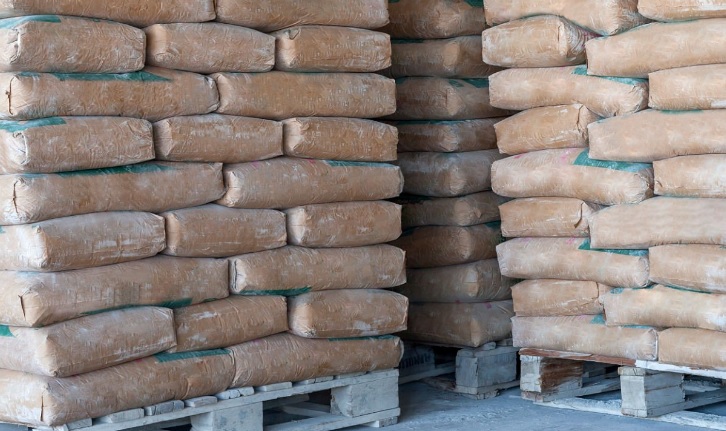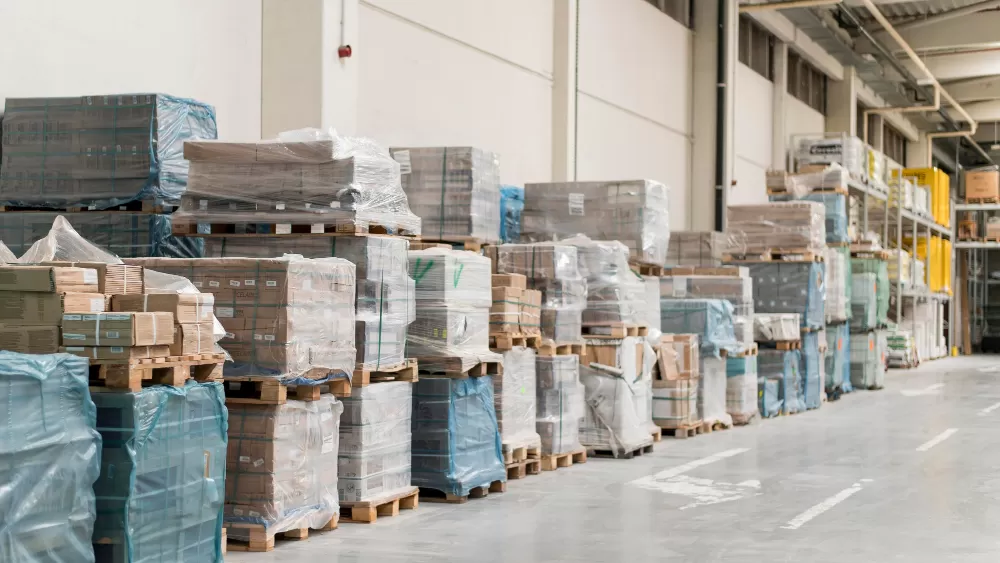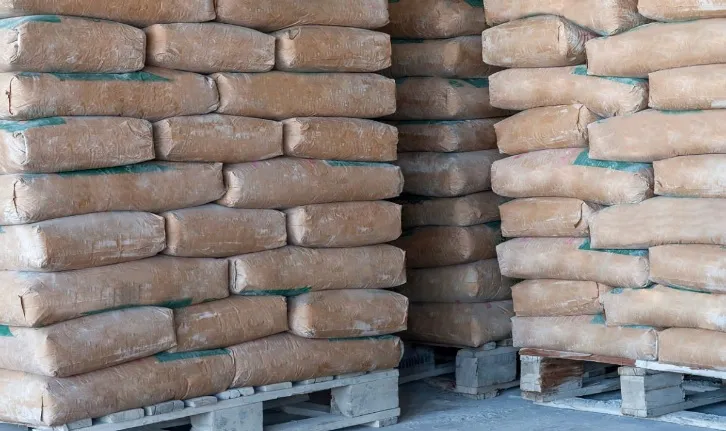The storage and transport of bulk goods is a critical element of logistics in many industries, including the chemical, food, and steel and minerals industries. To minimize losses, reduce costs, and improve operational efficiency, it is essential to implement appropriate optimization methods. Key to this is both the selection of the proper storage methods and the use of suitable tools and technologies in transportation.
How to Optimize the Storage and Transport of Bulk Goods

What Are the Most Effective Bulk Goods Storage Methods?
Storing bulk goods is a challenge that requires the use of appropriate techniques and structures. One of the most commonly used solutions is silos, which provide the proper conditions for various types of bulk materials. Silos can be made from various materials, including stainless steel, which increases their durability and corrosion resistance. However, it is important to note that the proper choice of silo must take into account the properties of the materials, such as their density, moisture content, and tendency to clump. Additionally, an essential aspect is optimizing the internal space of the silo – bulk materials should be regularly mixed to avoid segregation and ensure even distribution inside the silo.
What Technologies Can Support Bulk Goods Storage?
Modern technologies play a crucial role in bulk goods storage. The use of monitoring systems that employ sensors to measure material levels in silos allows for real-time control of the amount of stored materials. With IoT technology, it is possible to remotely monitor storage conditions such as temperature and humidity. Another innovative solution is robots that can move within warehouses and automatically transport materials to the appropriate locations. It is also worth mentioning automation systems that facilitate inventory management and allow for quicker responses to changing market needs.
What Are the Key Aspects of Bulk Goods Transport?
Bulk goods transport should be organized in a way that minimizes costs while maintaining efficiency. A key factor is optimizing the route, which can be achieved through advanced transportation management systems. There are IT tools that analyze traffic data and weather conditions, as well as assist in planning the most efficient routes. In addition to the proper route, the type of transportation should also be considered. For example, bulk materials are transported using specialized vehicles such as dump trucks, tankers, or railcars adapted for bulk material transport. The choice of transportation type should depend on the characteristics of the materials being transported and the distance they need to travel.
What Techniques Secure Bulk Goods in Transit?
Securing bulk goods during transport is critical to minimize the risk of material loss, shifting, or damage. For transporting fine materials, such as grains, it is important to properly seal containers to prevent spillage. Using specialized tarps or protective shields can significantly improve transport safety. Also, for transport machinery such as conveyor belts, it is necessary to apply technical solutions that minimize gaps in the structure, preventing material from falling off during transit. It is also worth considering transport insurance that can cover losses in case of damage or loss of the cargo.
What Are the Best Practices in Optimizing Bulk Goods Logistics?
Good logistics practices are an essential element that contribute to improving efficiency in the storage and transport of bulk goods. It is crucial to understand the specifics of bulk materials and their properties, which allows for the adaptation of transport and storage methods. It is also important to develop teamwork skills to facilitate communication between different departments within the organization, which will contribute to a smoother flow of information. Efficient supply chain management is another aspect that requires attention. Efforts should be made to ensure the best possible coordination between suppliers and customers to minimize transport time and costs. Regular audits of logistics processes and performance data analysis for both transport and storage can provide valuable insights into areas that need improvement.
What Challenges Are Associated with Transporting and Storing Bulk Goods?
Transporting and storing bulk goods come with several challenges that can impact the efficiency of the entire process. One of the dilemmas is the variable quality of raw materials, which can affect their storage and transportation. For example, materials with high moisture content tend to clump together, making transport more difficult and leading to losses. Additionally, changing regulations regarding transport and environmental standards force companies to continuously adapt to new rules, which can generate additional costs. It is also important to deal with seasonal demand fluctuations, which can lead to surplus or shortages in inventory. In such situations, the ability to forecast demand and adapt logistics strategies can prove crucial.
What Role Does Close Collaboration with Suppliers and Clients Play in Logistics?
Collaboration with suppliers and clients is a key aspect of effective bulk goods logistics. Well-organized communication between these parties can significantly impact the transport and storage processes. Close cooperation allows for a better understanding of both suppliers’ and clients' expectations, which enables better preparation for order fulfillment. Valuable are meetings that provide an opportunity to discuss current issues and potential problems that may arise during the collaboration. Understanding the suppliers' production processes can also increase the efficiency of supply chain management, resulting in time and cost savings. Maintaining long-term relationships with suppliers and clients fosters trust and a partnership approach, which is particularly important in the transport industry.
What Legal Regulations Affect the Storage and Transport of Bulk Goods?
Strict legal regulations and standards related to the storage and transport of bulk goods have a significant impact on how companies organize their logistics processes. Provisions regarding safety, environmental protection, as well as sanitary and epidemiological requirements for food materials, introduce additional obligations for businesses. Immediate compliance with the applicable regulations is crucial to avoid sanctions and fines. It is also important to pay attention to packaging standards that must be met during the transport of goods. This ensures not only legal compliance but also a proper level of safety and quality for the transported materials. Changes in legal regulations may impact logistics decisions, which is why it is necessary to continuously monitor changing laws.
What Are the Future Development Directions in Bulk Goods Transport and Storage?
Given the constantly changing market needs, the future of bulk goods transport and storage will be dominated by technological innovations. Trends toward automation of processes will become more apparent, leading to increased efficiency and cost reduction. Artificial intelligence, big data, and machine learning are other areas that can bring breakthrough changes in logistics management. As environmental and sustainable development standards evolve, companies will increasingly be willing to take actions that promote environmental protection, such as reducing emissions in transport or using alternative raw materials. Collaboration in innovation and the development of new technologies will be crucial for maintaining competitiveness in the logistics industry.




